BY MICHAEL ROBLETO
Real Estate Professional with Compass Pasadena. Specializing in the buying and selling of Pre-War, Historic and Architecturally significant homes and lofts in Altadena, Pasadena, Eagle Rock, Highland Park, Silverlake, Los Feliz and DTLA.
LA Architectural Spotlight: Colonial Style Guide & Colonial Homes for Sale
The History of the Colonial Architecture
What are the Details That Make a Colonial?
What are the Sub Styles of Colonial homes?
Who were the Colonial Builders in Southern California?
how can i find colonial homes for sale?
Being a Realtor the specializes in older homes, I get the benefit of being inside a wide variety of architectural styles. The details of each of these time machines vary wildly but are all incredibly interesting. Through sharing the details of these styles, I hope that you get a better sense of the style you love or find a new style you perhaps weren’t as familiar with. This is part six of a twelve-part series. Subscribe for updates.
Colonial Beginnings
The Colonial vernacular has become a sort of catch-all for a collection of houses that are actually a myriad of sub-styles found in Southern California.
The style is a very symmetric one that comes across as stately and distinguished. Their size is substantial which evokes an “Old Money”, East Coast vibe. Often the backdrop of Hollywood sets to evoke a sense of success and upper-crust, of all the Pre-War styles, this is the one I feel the least drawn to. Maybe it is because I am neither old money nor from the East Coast.
To understand Colonial type architecture, we need to briefly cover its roots. All prominent architecture that was built in the states as our nation was being born, from the early 1600s to the early 1800s, was referred to as Colonial. We were the thirteen colonies of Britain and our architecture was branded as such. The influences of the original Colonial period were those of our European settlers and created sub-styles like Dutch Colonials, French Colonials, Georgian, etc.
The term Colonial changed to the term Federal after the revolutionary war in the 18th Century, as pride in our independence permeated all walks of life. The Colonial style remained the same in structure and size but only became more ornate in an effort to show the prowess of a young nation.
As with all architectural styles, the Colonial look eventually faded from popularity but like we have learned with Tudors and Spanish styles, the reinvention and reintroduction of an original style is referred to as a “Revival Style.
The Colonial Revival movement began in 1870 as Americans started to appreciate their roots in anticipation of the centennial celebration of 1876. This pride in origins would reverberate throughout architectural styles for the next sixty years as we saw the advent of Spanish Revival and English Revival styles in the early 20th century which became the everyday homes for middle-class Americans.
What Are the Details That Make a Colonial?
Colonial Revival: 1890 to 1960 (and present).
On the exterior, Colonials have a symmetrical façade and are most often rectangular in shape with a steep to medium pitch side gabled roof with narrow eaves. Windows are double-hung and always with multiple panes.
Six small panes in the top window and six small panes on the lower sash referred to as “six over six” is a very Colonial look. The smaller sets of panes also referred to as “lights”, are often seen in the other Revival styles as well as in American-made Craftsmans.
The Colonial front door is always centered with pairs of symmetric windows flanking it with an aligned vertically row of five windows in the second story. Dark-colored shutters are very much a Colonial detail, The front door is often shielded with a portico that features a transom window or a set of fan “light” just above it.
Colonial siding spans three main types, dark red brick or clapboard on early versions and smooth stucco on later versions. All brick siding is usually a dead giveaway for the Colonial style. But therein lies the problem, the term Colonial is used almost as a catch-all for a myriad of styles. In fact, Colonial is more of an umbrella with sub-sets.
Just like we learned that Tudor is a subset of an English cottage and that not every Tudor is a Storybook, the appreciation of Pre-War architecture is enhanced with the definition of key styles.
What Are the Sub Styles of Colonial Revivals?
Dutch Colonial Revival House: Dutch Colonial architecture is unmistakable with its Gambrel roof with a gable facing the street.
Cape Cod: Single or 1 ½ story with shingle or shake siding. No porch like a Craftsman and a steeply pitched roof that most often features real or faux dormers. These were built as the entry-level version of a Colonial.
Classical Revival (also known as Neo-Classical): Rose to popularity after the World’s Columbian Exposition in 1893. This style features the colossal Greek or roman columns that we all associate with the “Colonial” style along with elaborate boxed eaves on wider overhangs and dentil moldings and frieze bands just below. The White House in DC is Neo-Classical. Think giant columns, a huge portico.
Georgian Revival Style: This subtype ranges from heavily detailed with pediments, quoins, dentils under the eaves, pilasters, or decorative columns to a very basic simplified version as the years went on. I consider Colonial homes without the giant Greek columns to be Georgian architecture, but there is debate on that.

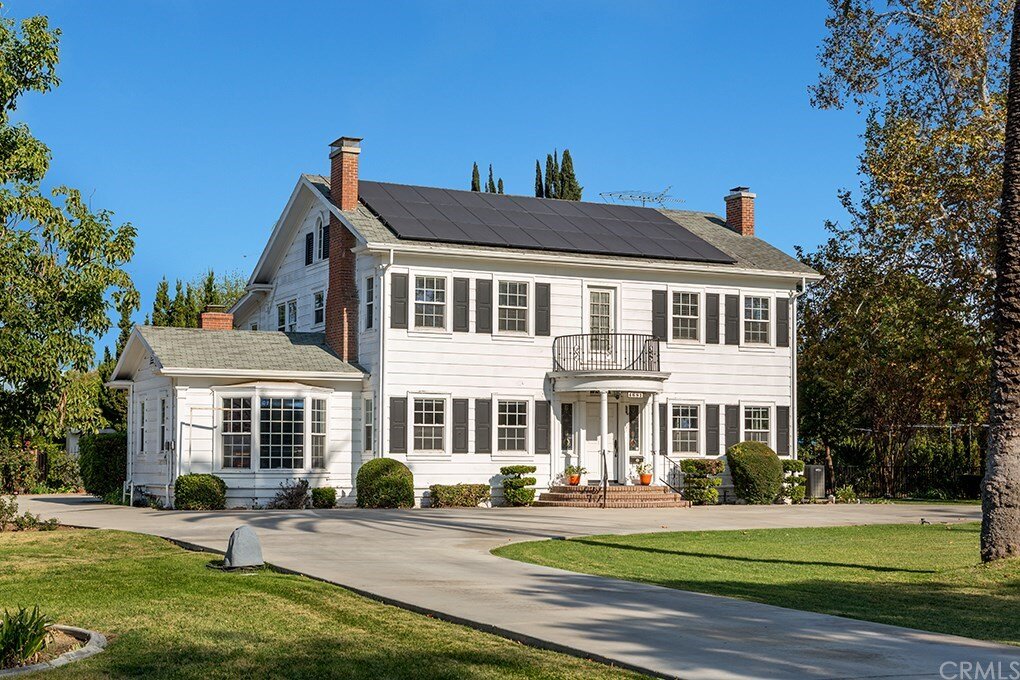
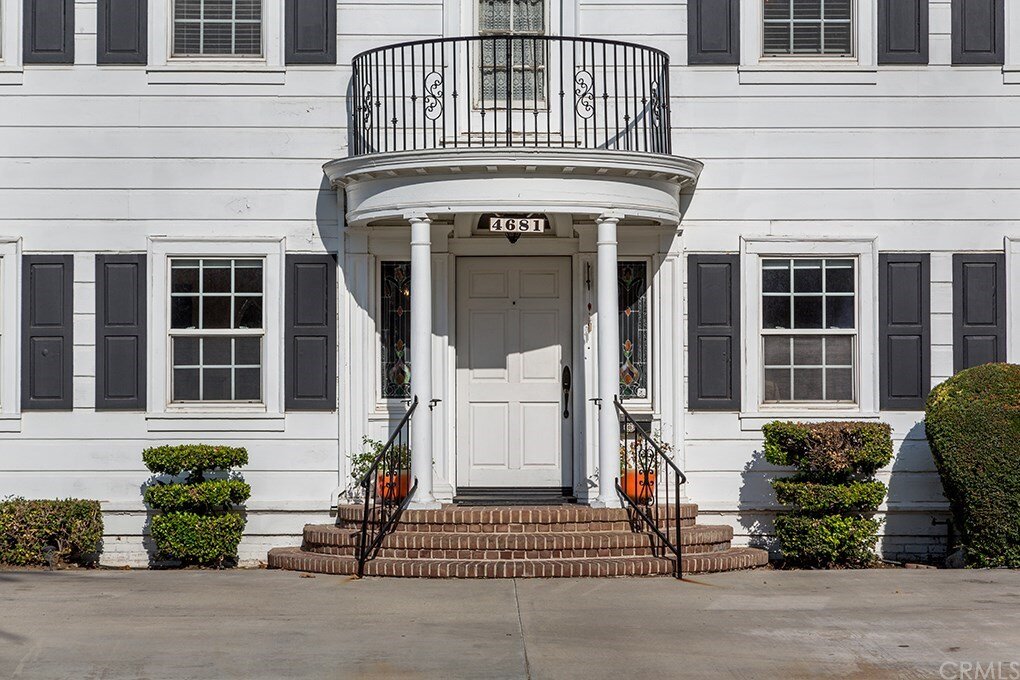
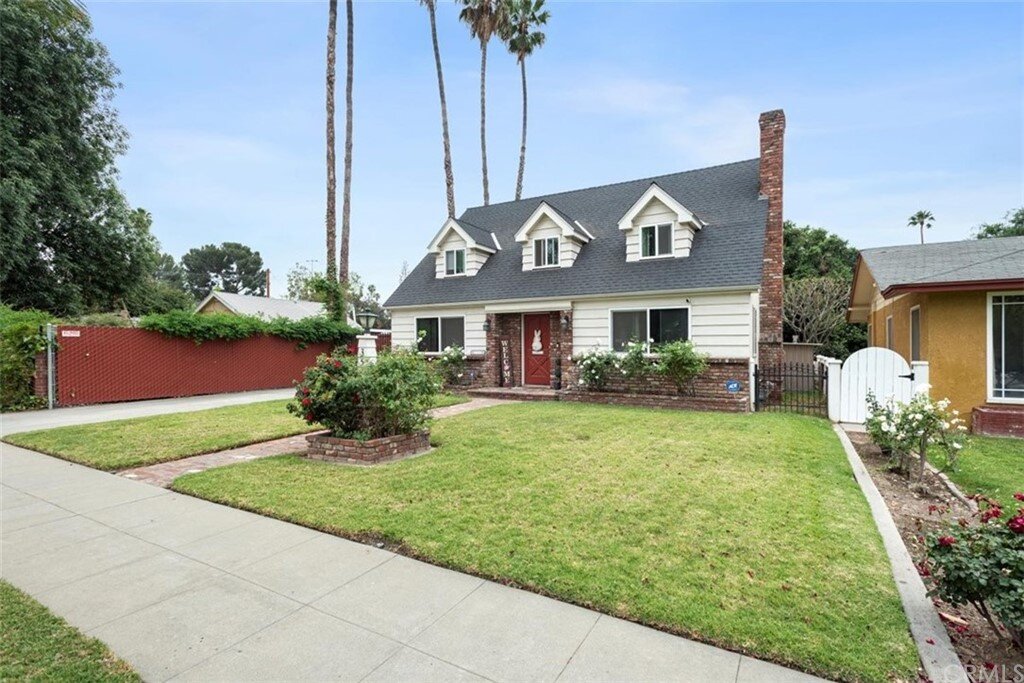
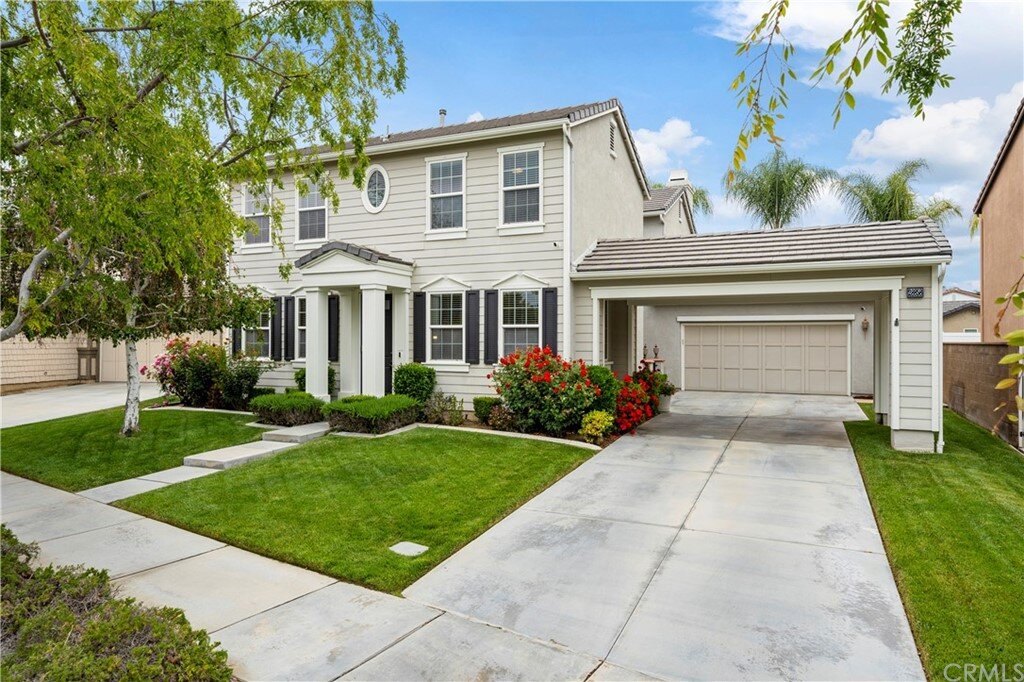
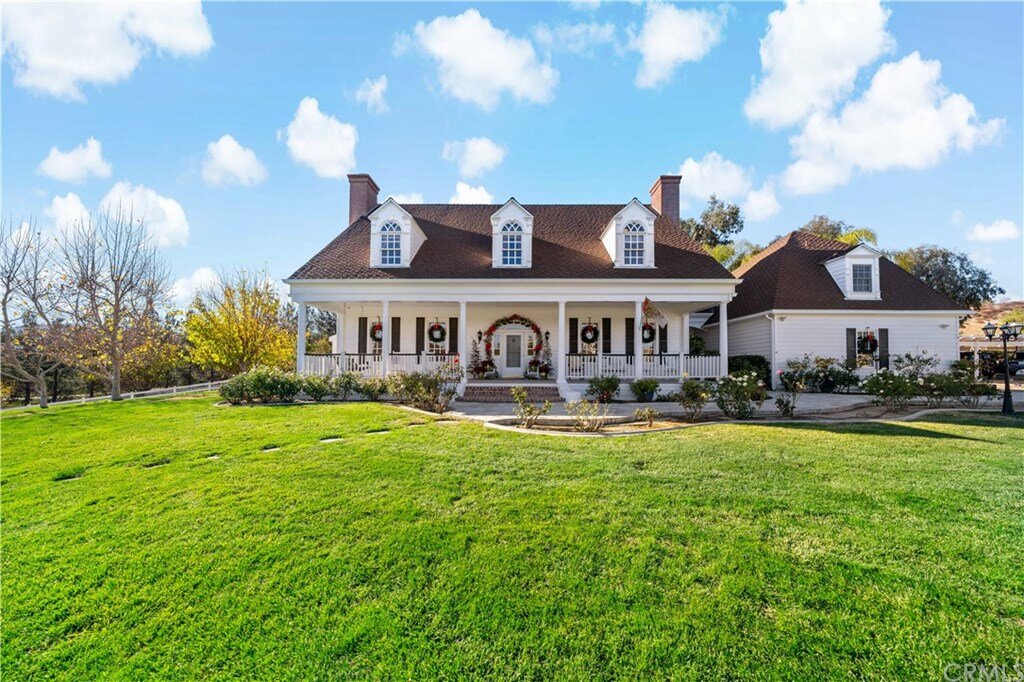
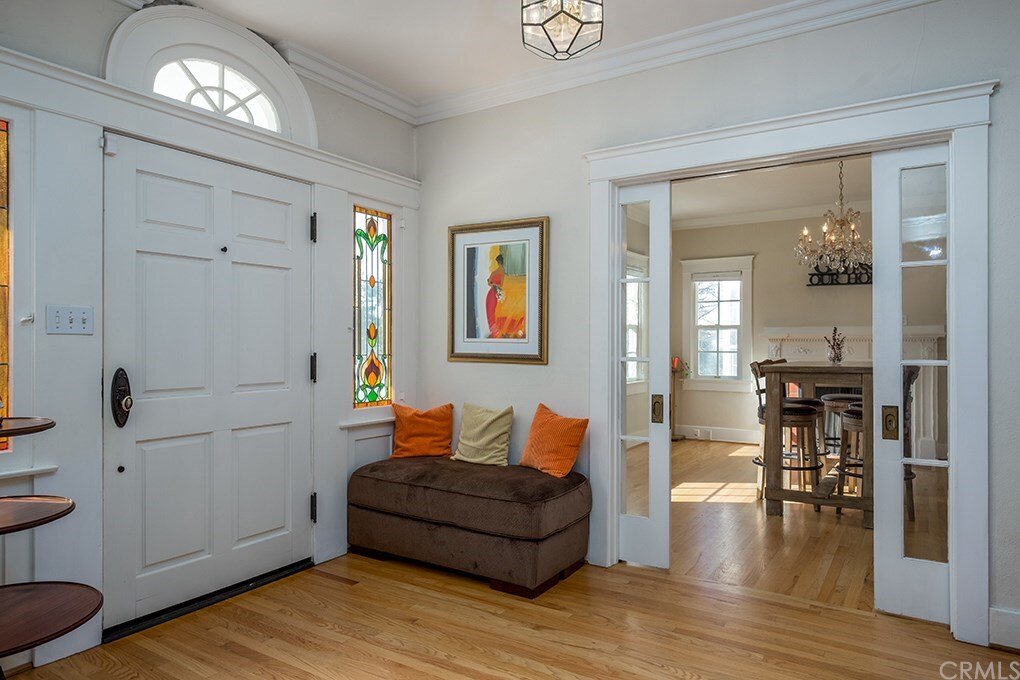


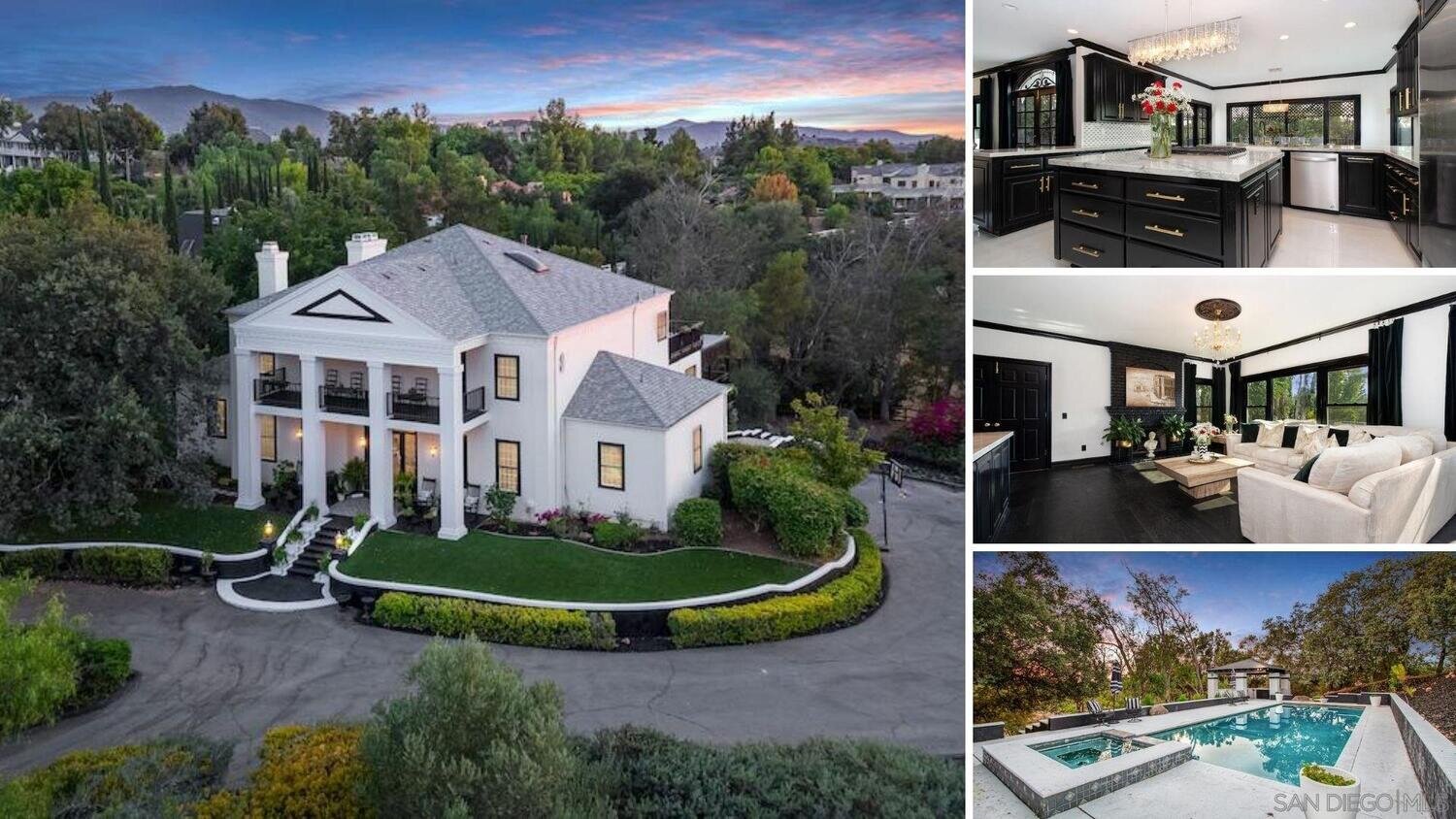
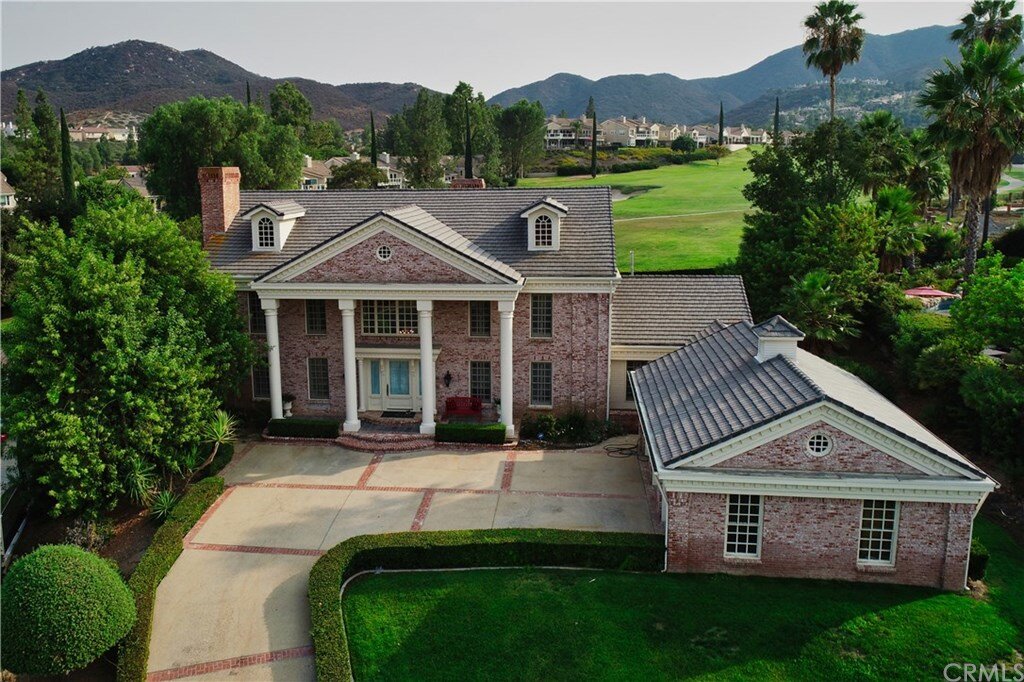
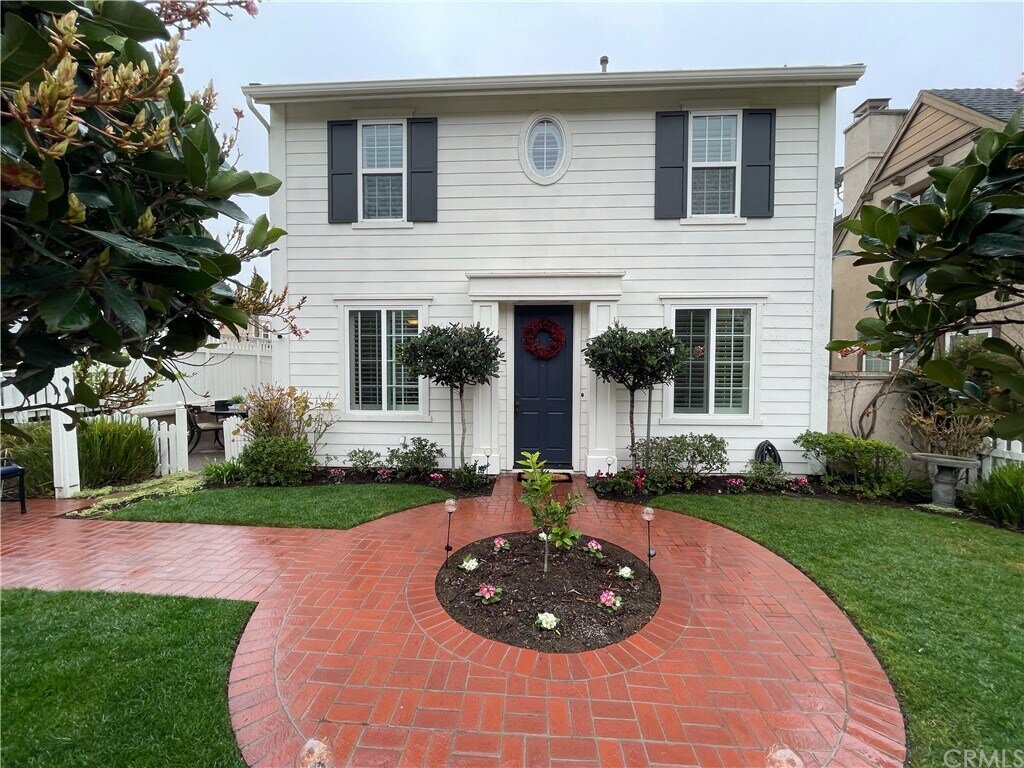
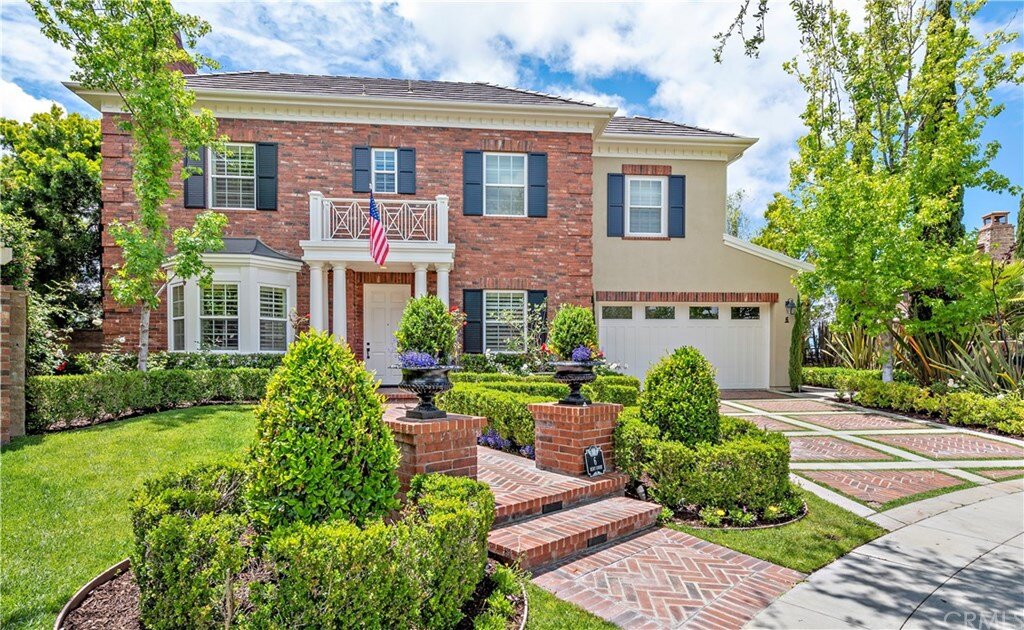
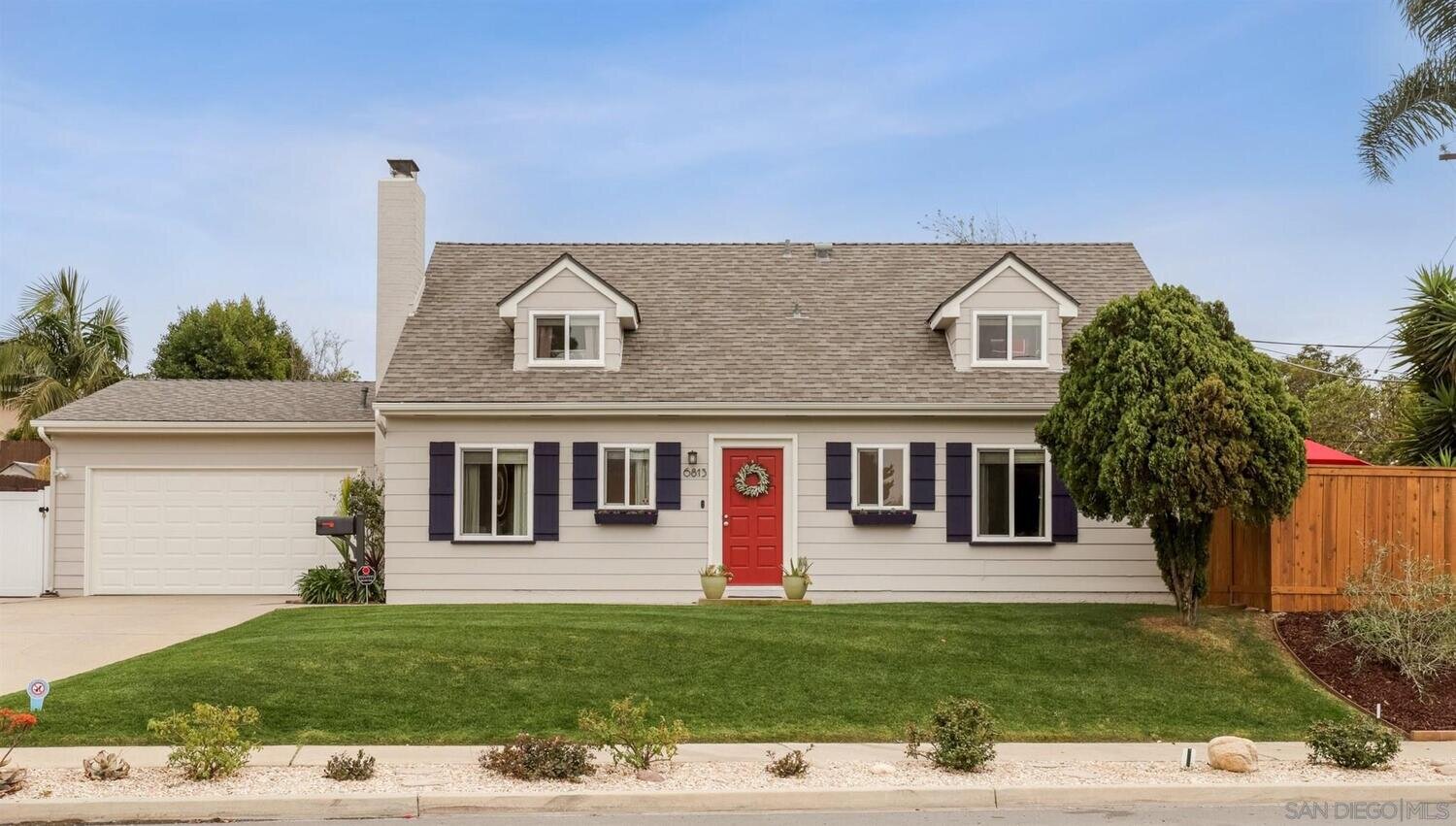
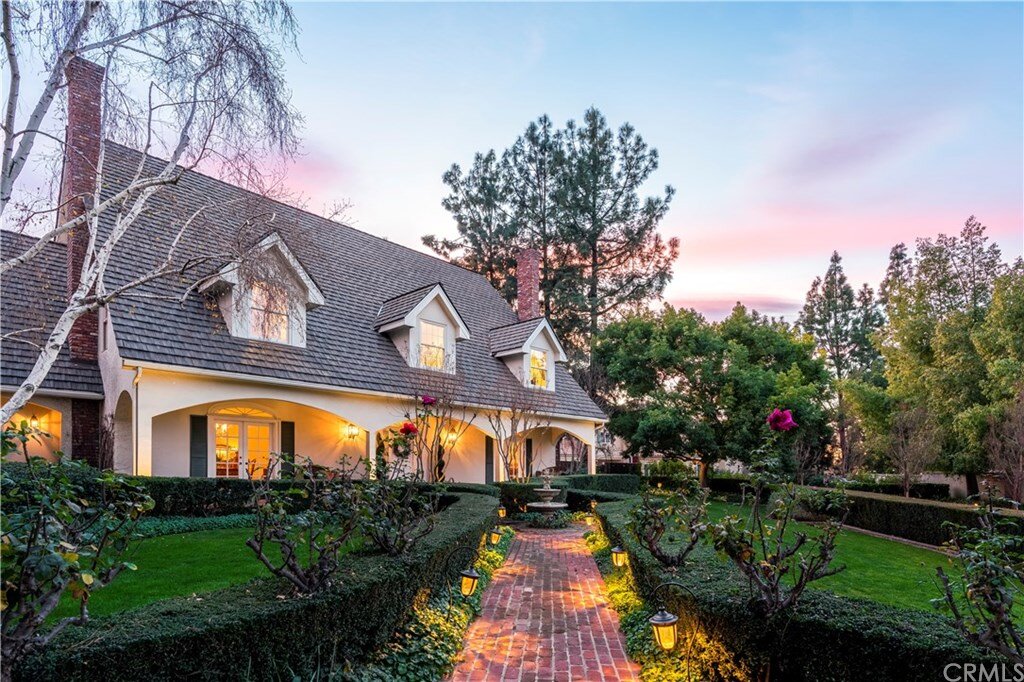

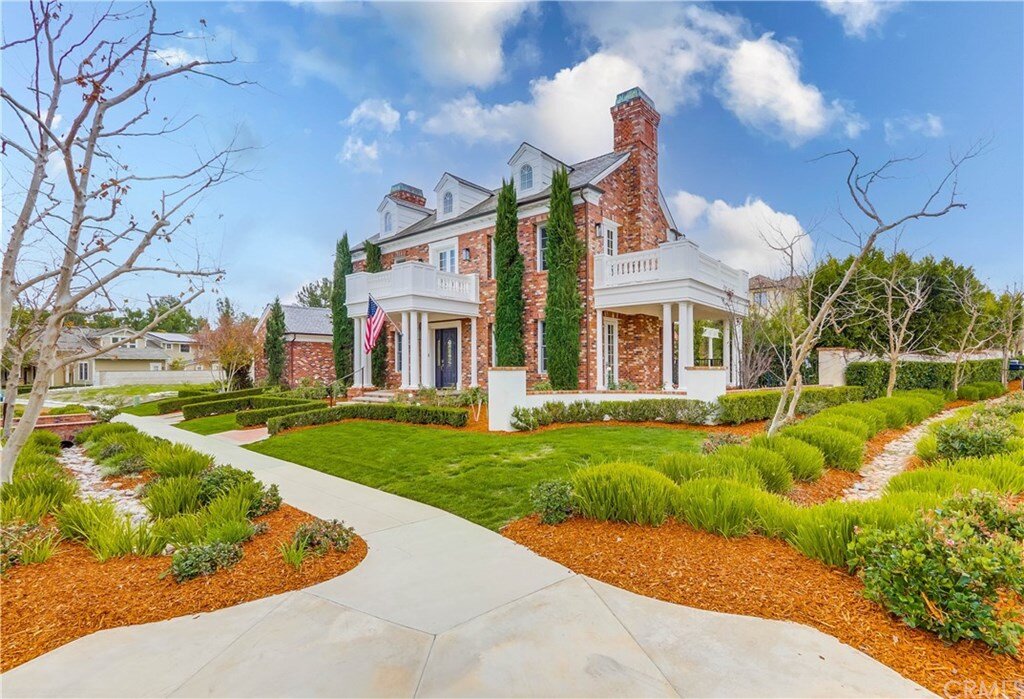
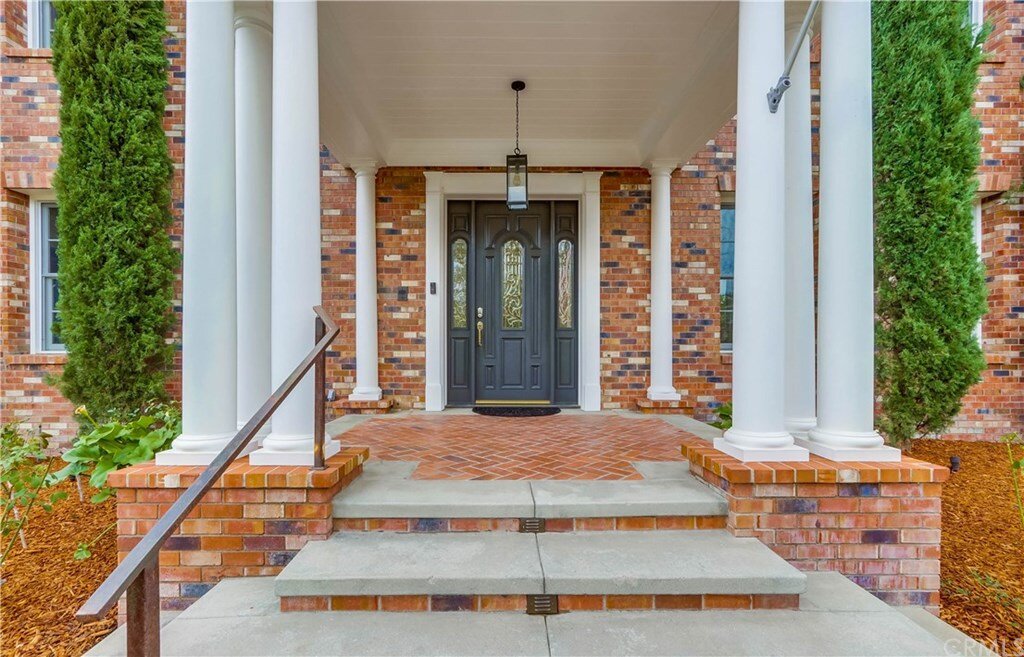
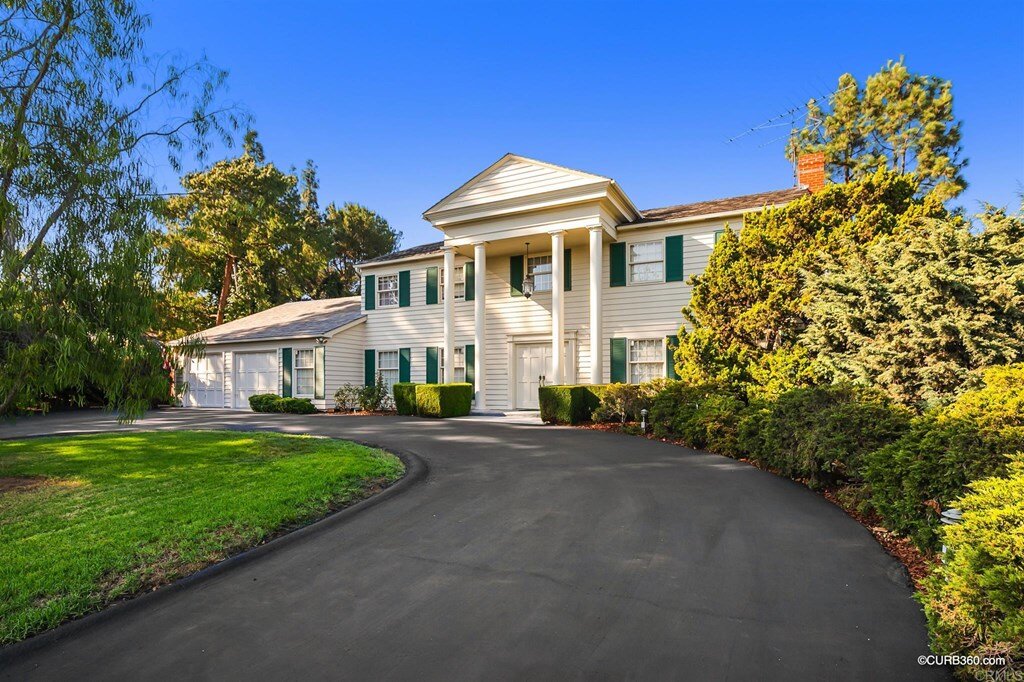
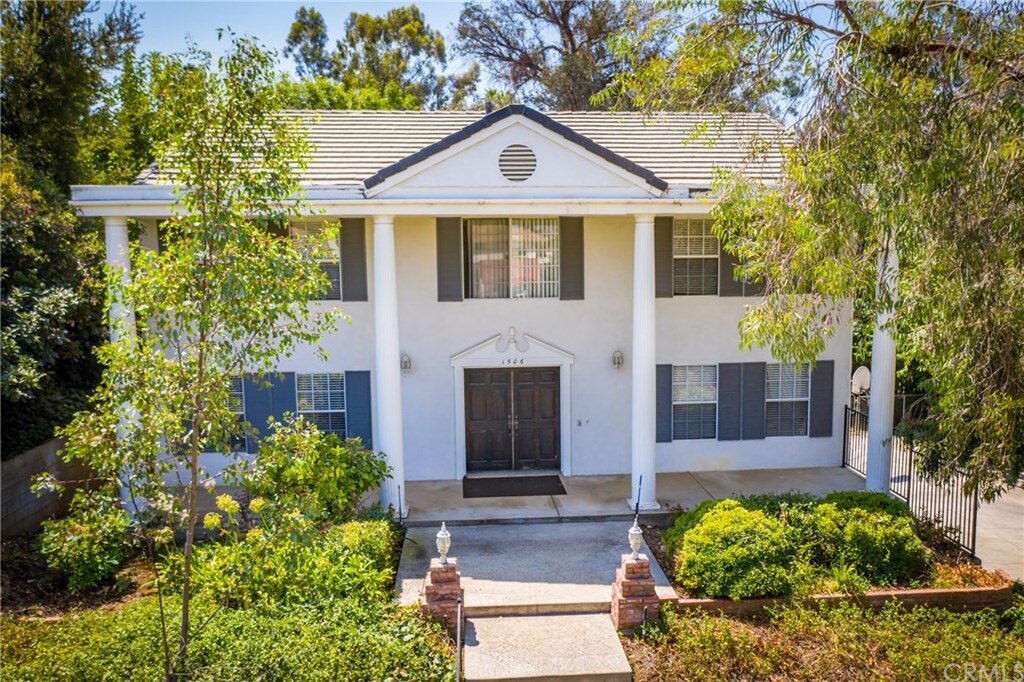

The Colonial Builders
Unlike the plethora of Craftsman-specific architects that have become household names, there are less that specialized in the Colonial styles.
Many or the architects that built in this style tackled many of the PreWar styles and it is easy to understand why. The Colonial was usually stately and therefore a big job for an established architect. Dabbling in the style included the legendary Sumner Hunt (Bradbury Building), Arthur B Benton, Reginald David Johnson, Donald D. McMurray and B. Cooper Corbett who built the Cecil B DeMille estate which was at one time owned by Madonna.
While many dabbled, a select few specialized in the style including Marshall Wilkinson, Mrs E B Squires and B. Cooper Corbett
The Bones of a Colonial
The mechanical systems of an older home are as much a reflection of the time period as the finishes. While Colonials can span a wide time period, so will the systems. While the Colonial Revival period started in 1880, in Southern California the landscape for well-to-do architecture was Victorian so most Colonials will have been built after1910 and due to their stature will have been updated to modern versions of electrical, plumbing, and air conditioning.
Like with any PreWar home, those looking to own one or sell one, should hire a professional inspector to go through the house and advise. While most systems will have been updated, the mystery always lies in how well it was done.
Outside of mechanicals, being that brick and mortar will be a common building material for Colonial-type homes, this is where weak links may lie. The lifespan or mortar between bricks is about 60 years, inspecting brickwork on older homes should happen every few years.
Older Homes Are Recession Proof
In March 2020 the LA Conservancy released a study on the impacts of Historic Preservation in Los Angeles. The study bubbled up some interesting data when it comes to the 35 Historic Preservation Overlay Zones (HPOZ) in LA.
60% of homes in Los Angeles are more than 50 years old (not all are deemed “historic”)
43.8& of construction activity is Rehabilitation (vs 26% in non HPOZ areas)
HPOZs are more racial diverse than non HPOZs
33% of all HPOZ homes take up less than 40% of the lot, therefore allowing for ADU expansion.
Renovations in HPOZ cost less than non-HPOZs
The growth in Price per Square Foot of an HPOZ house has outpaced non-HPOZ
When it comes to investing in real estate, one of the best ways to beat the natural ups and downs of the market is through renovation. Older homes offer ample opportunity for an owner to dramatically improve the value of their investment. This is why flippers do what they do and make so much money at it. They key to historic renovation is to be sympathetic to the period. This is a delicate balance but is very possible and stunning when done properly.
If you have any questions about owning or selling an older home in Silverlake, Los Feliz, Hollywood Hills, Pasadena, Altadena, Highland Park, Mt Washington, etc, please feel free to contact using the details below. I’m always available to offer insight and guidance.
If you’re interested in other Revival Architectural Styles, here are links to the rest of the series:
Show Me The Colonials
To see Colonial style homes for sale, below is a custom Compass Collection of these homes in the areas I work in. Some are for sale, some have been sold. If you are in the market to sell or own one of these properties, I can be contacted below.
Compass Collection: LA Area Colonial Homes
Looking to Buy or Sell a Pre-War Home? Fill out the form for a free consultation.
Michael Robleto
REALTOR®-Compass Real Estate
213-595-4720
Michael Robleto is a Los Angeles based REALTOR® that specializes in Historic Pre-War residential properties and those with architectural merit. Michael uses his vast knowledge of historic homes, residential construction and modern day marketing to predict and solve the many problems that arise in real estate transactions. His client accolades of insight, prompt communication, integrity and hard work support the fact that he is not your average agent.
Michael leverages his personal passion for historic architecture to provide his clients the unknown insight on the pros and cons of older homes. Michael, the son of a contractor, a California native, grew up in an older Bungalow home and has spent 23 years in Southern California admiring the unique architecture of the region. Michael brings 20+ years of negotiation and sales experience to his seven year career in residential real estate. He often writes on homeownership strategy, historic residential architecture and related topics which can be found on Facebook, YouTube, Twitter and Instagram under the common profile name of his blog; BungalowAgent or at www.BunaglowAgent.com/blog.
Michael sits on the Board of Directors of Pasadena Heritage and is a frequent volunteer for the preservation efforts of various preservation groups and the LA Conservancy. When not working you can find Michael on hiking trails statewide with his faithful German Shepherd Axel.



